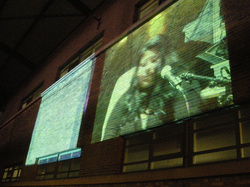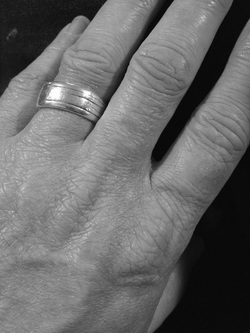
The State is arguing that there are technical issues with the way the agreement was created which make the agreement void.
This scenario is one of the worst fears of both sperm donors, and the lesbian comothers who are inseminated with sperm from a donor.
The current law in BC could be interpreted in a way that would make this action available to the government of B.C. However, as of March 18, 2013, the new Family Law Act will specify that a man does NOT become a parent simply by virtue of donating sperm. This in turn would mean he could never be liable for child support.
For the full story, see the Huffington Post article: http://www.huffingtonpost.com/2012/12/30/kansas-sperm-donor_n_2382677.html?utm_hp_ref=politics


 RSS Feed
RSS Feed
